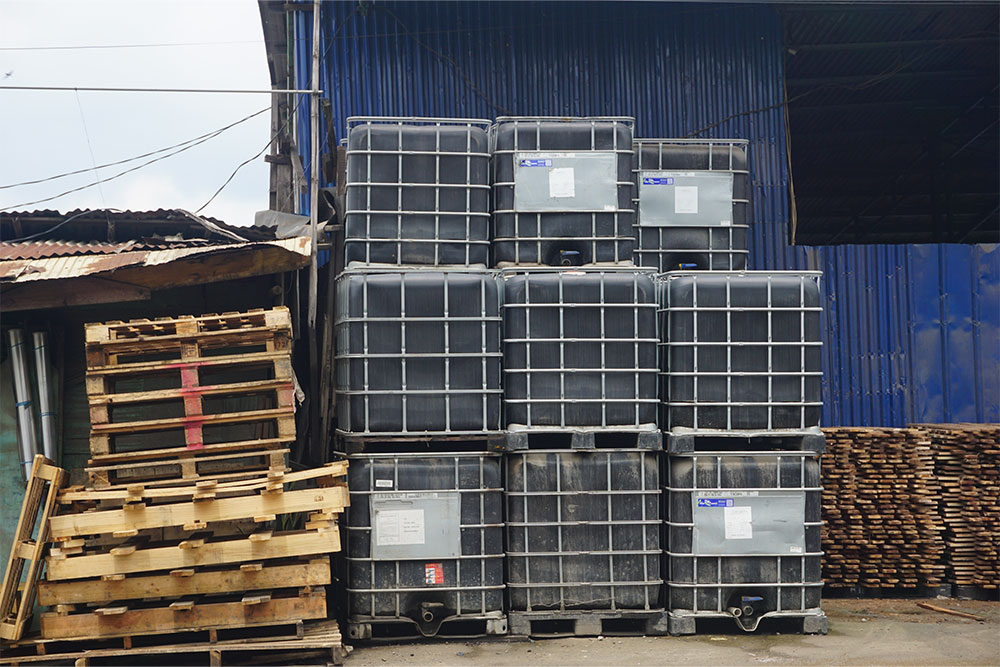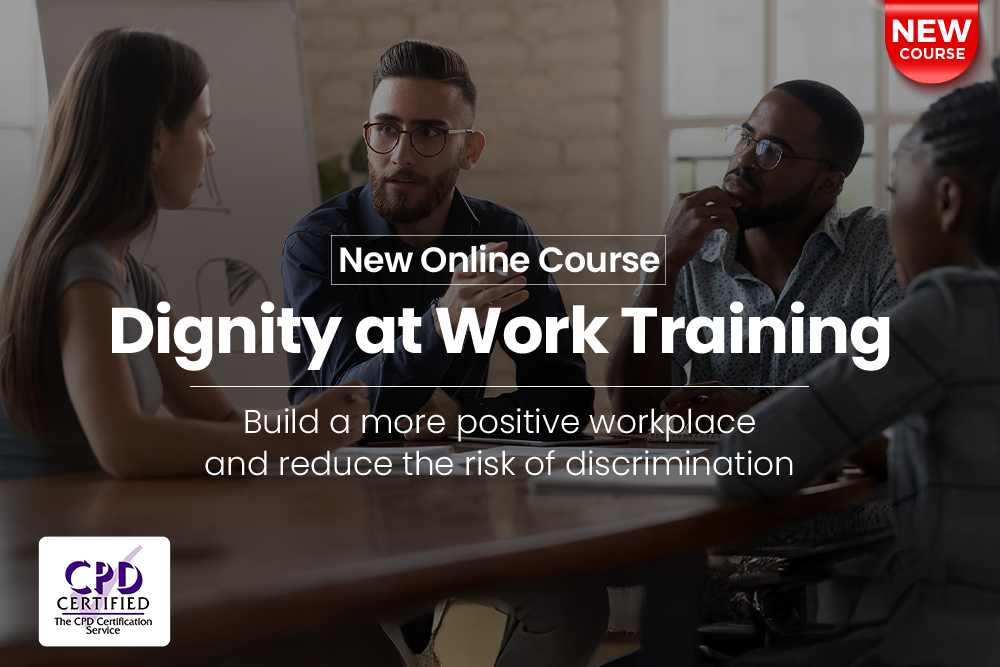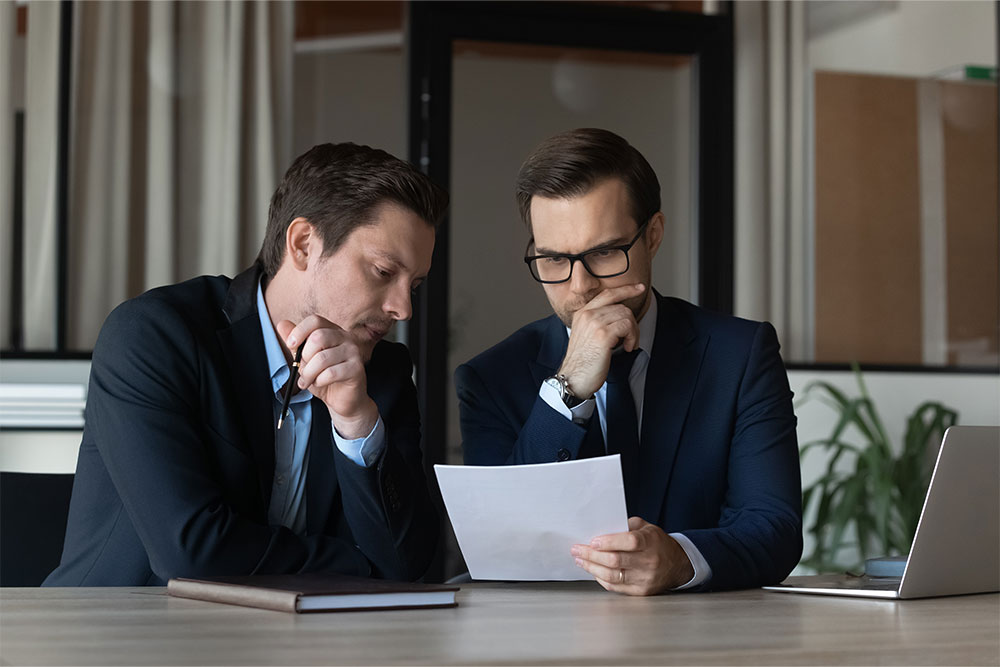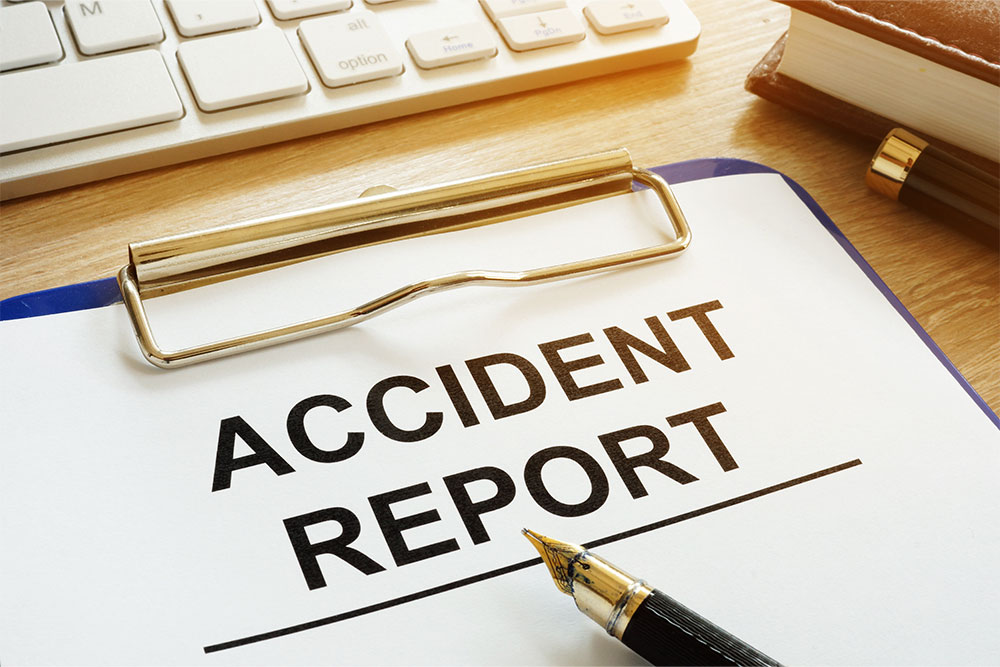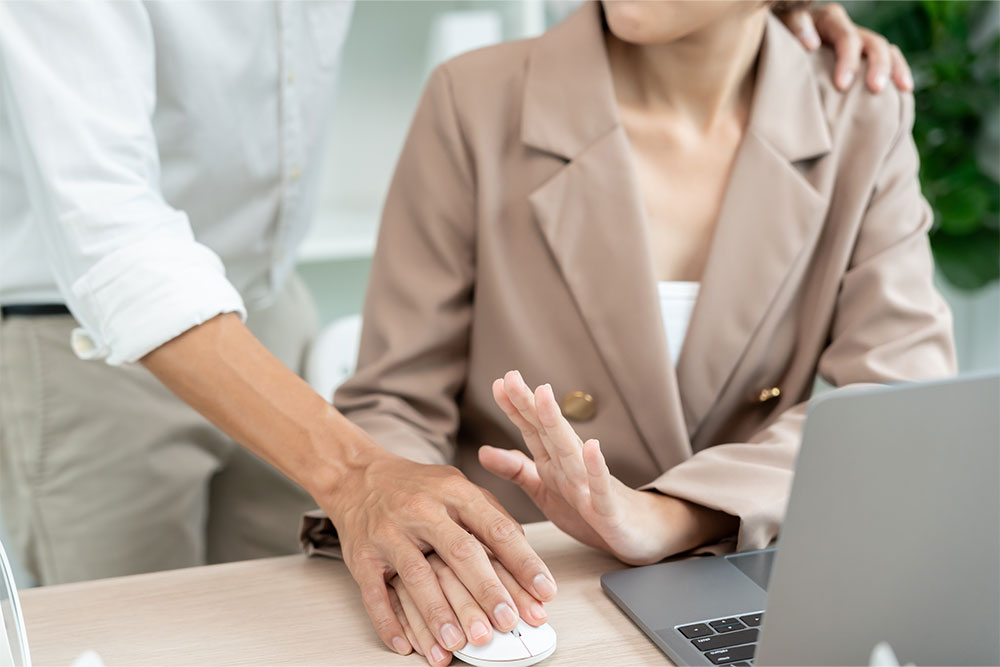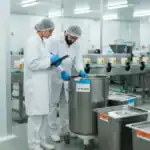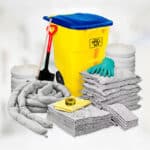
Slips, trips and falls in the workplace are responsible for more non-fatal injuries than any other accident type. In the last year, figures show that a little under 19,500 workers were hurt after losing their balance in the workplace.
It’s likely that the vast majority of these incidents could have been avoided if the employers and employees involved had given slips and trips the attention they deserved.
In this guide, we’ve explored why such avoidable accidents still happen and how you can protect your staff from slipping, tripping or falling.
Why Slips, Trips and Falls in the Workplace are so Common
Slips, trips and falls are some of the most common workplace accidents, according to the Health and Safety Executive (HSE).
Of all non-fatal injuries reported in the last year, 32% were caused by a slip, trip or fall on the same level. This percentage is greater than the second (manual handling) and third (being struck by a moving object) leading causes combined.
It’s important to note that these slip, trip and fall statistics only cover reportable injuries, meaning they caused an employee significant harm or time off work. Employers are not obligated to report every slip, trip or fall incident, so the HSE itself concedes that accident rates are likely much higher.
So, why are slips and trips so common?
Firstly, hazards that can cause someone to lose their balance are widespread. Wet floors, hidden steps, loose carpets – you’ll be able to find hazards like these in every workplace.
Secondly, because slip, trip and fall hazards are so commonplace, it’s easy to overlook them.
Finally, despite the thousands of injuries they cause each year, most people walk away from a slip or trip with nothing more than a bruised ego. Having an accident without getting hurt typically makes people less cautious.
How many times have you ignored a wet floor warning because you’ve never slipped before? Or you’ve left a noticeable spill because you didn’t cause it or didn’t know what to clean it with?
We’re all guilty of these choices occasionally, particularly if we’re rushed or distracted with other duties. So, to prevent slips, trips and falls, you need to change the way people think and subsequently act on these hazards.
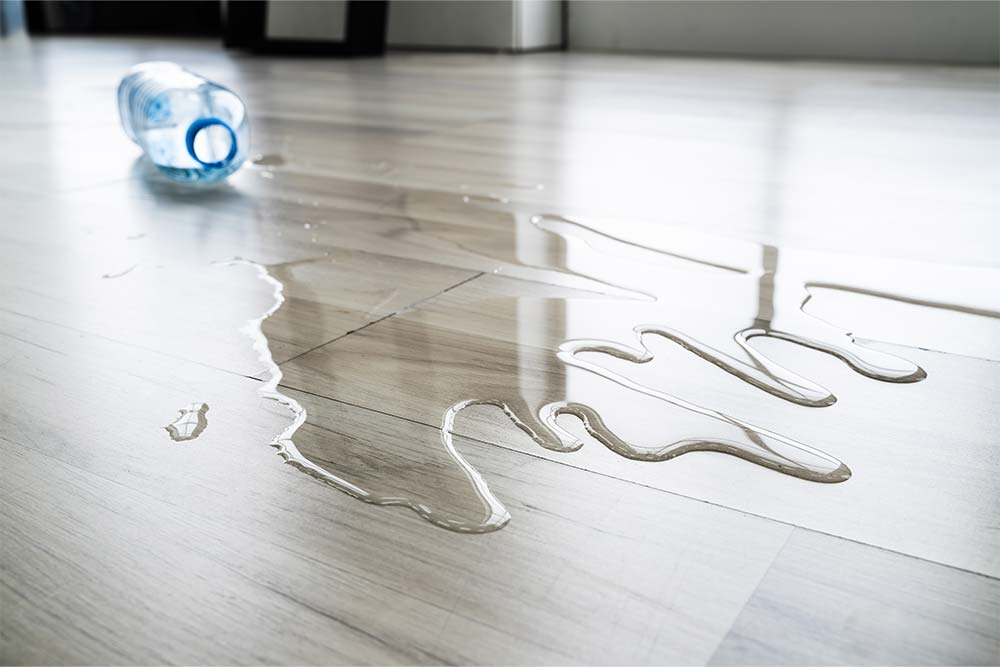
4 Tips to Prevent Slips, Trips and Falls in the Workplace
Preventing slips, trips and falls in the workplace often comes down to behaviour change.
Obviously, some control measures are entirely passive, and you shouldn’t ignore them. You’re responsible for creating a safe working environment, which means floors, lighting and work systems should all be designed to minimise slip and trip risks.
But since workers typically create the conditions that risk slips, trips and falls, these tips focus on changing the way people think and act at work.
Slips Trips and Falls Training
Our comprehensive Slips, Trips and Falls Training course helps prevent slip, trip and fall incidents by equipping trainees with the knowledge to effectively recognise and reduce associated risks across different work settings. Trainees also learn about their role in maintaining a safe workplace free from slips, trips and falls.
1. Complete a Workplace Slip and Trip Map
Completing a workplace risk assessment is a legal requirement. You should have already identified the hazards in your workplace, evaluated the risks and taken steps to eliminate or control them.
Slip and trip hazards should be included in your risk assessment, but it can be helpful to supplement this with a slip and trip map, particularly if these incidents are common.
The process is straightforward. You sketch a map of your workplace and label places where slip and trip incidents have historically happened to identify the accident hotspots. Visualising slips and trips this way helps reveal why they happened and what can be done to prevent them.
For example, you might notice that the flooring in a specific area is not suitable or perhaps some entranceways become dangerously slippery in wet weather.
You might also find that work arrangements are causing hazards. For example, are staff leaving rubbish to pile up in walkways because they don’t have quick access to bins?
2. Encourage Good Housekeeping
Poor housekeeping is a leading cause of slip and trip accidents.
Workers can look the other way to slip and trip hazards for several reasons, but two of the most common are because they:
- Lack the knowledge or resources to deal with them
- Didn’t make the mess in the first place
It’s easier to deal with the first issue. Establish procedures for tidying the types of slip and trip hazards that appear in your workplace and provide the necessary cleaning products and resources. If workers can’t properly dispose of rubbish or tidy things away, encourage them to tell a supervisor (and be sure to follow up).
The second issue is harder to overcome. You need to make it clear that it’s a collective responsibility to keep workplaces tidy and, therefore, safer. It’s always more effective to incentivise positive behaviours than punish the bad, so reward workers who make the effort to clean or report hazards.
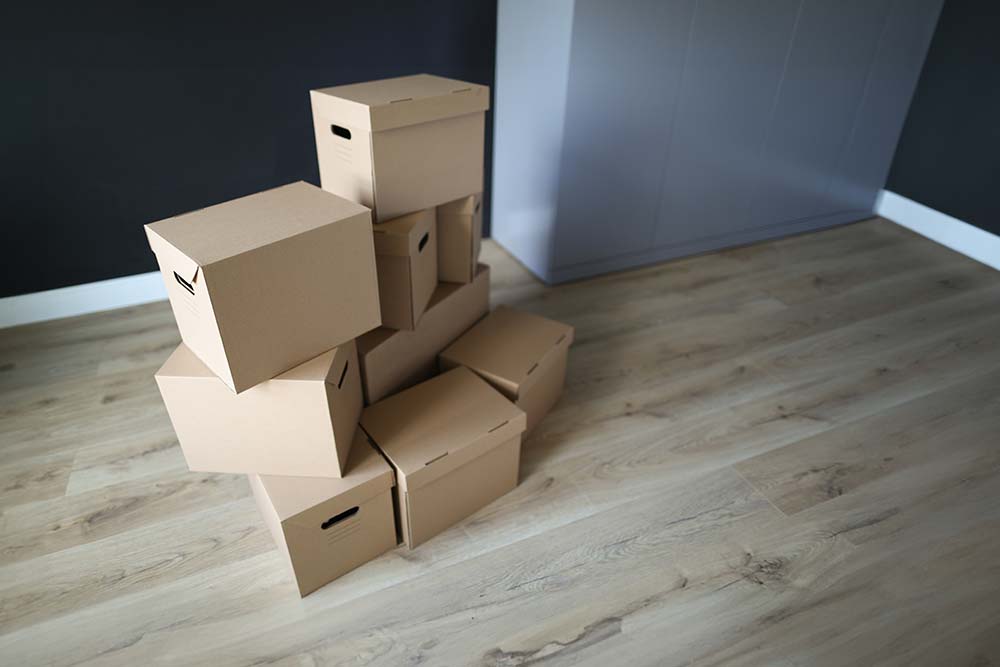
3. Follow Up Incident Reports and Near Misses
Workers will ignore slip and trip hazards if you do, too. You need to show your staff that their safety is a priority and, as part of that, you’ll do everything reasonable to prevent slips, trips and falls.
Follow up on reports of slip hazards or obstructions that might trip people up. It’s also essential to investigate any near misses. If a worker slips, it’s a sign something’s wrong, even if they can walk away from the incident. Close calls can be a gift; they reveal the underlying conditions that put workers at risk without anyone getting hurt.
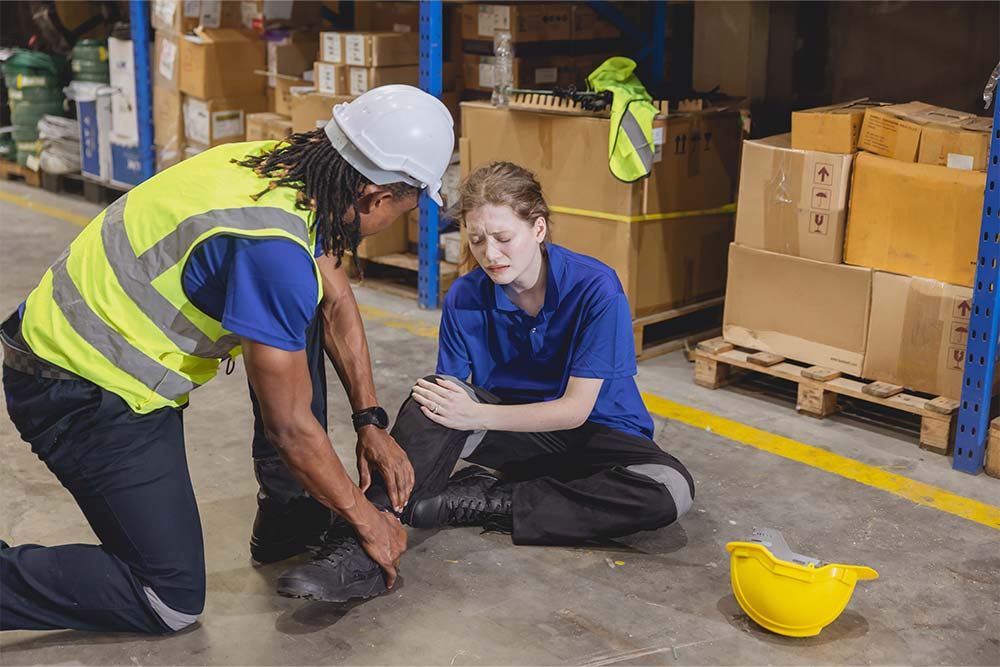
4. Provide Instruction and Training
A workplace can’t be made safer unless workers know what hazards to look out for and how to control them, which is why employers are legally required to communicate risk assessment findings and provide relevant safety training.
But training is also the scaffolding for safer choices. It lays out exactly what workers must do to stay safe and proves you’re invested in their well-being. This combination helps workers understand both the how and why of making safer choices at work.
Where You Can Find Relevant Training
Preventing slipping, tripping or falling at work is more straightforward than the statistics suggest. Control measures aren’t complicated, but complacency means they’re often not implemented.
Don’t make the same mistake. Our online Slips, Trips and Falls Training course will make your staff aware of common hazards and how to control them. They’ll understand the risks of slipping and tripping at work and the underlying causes.
